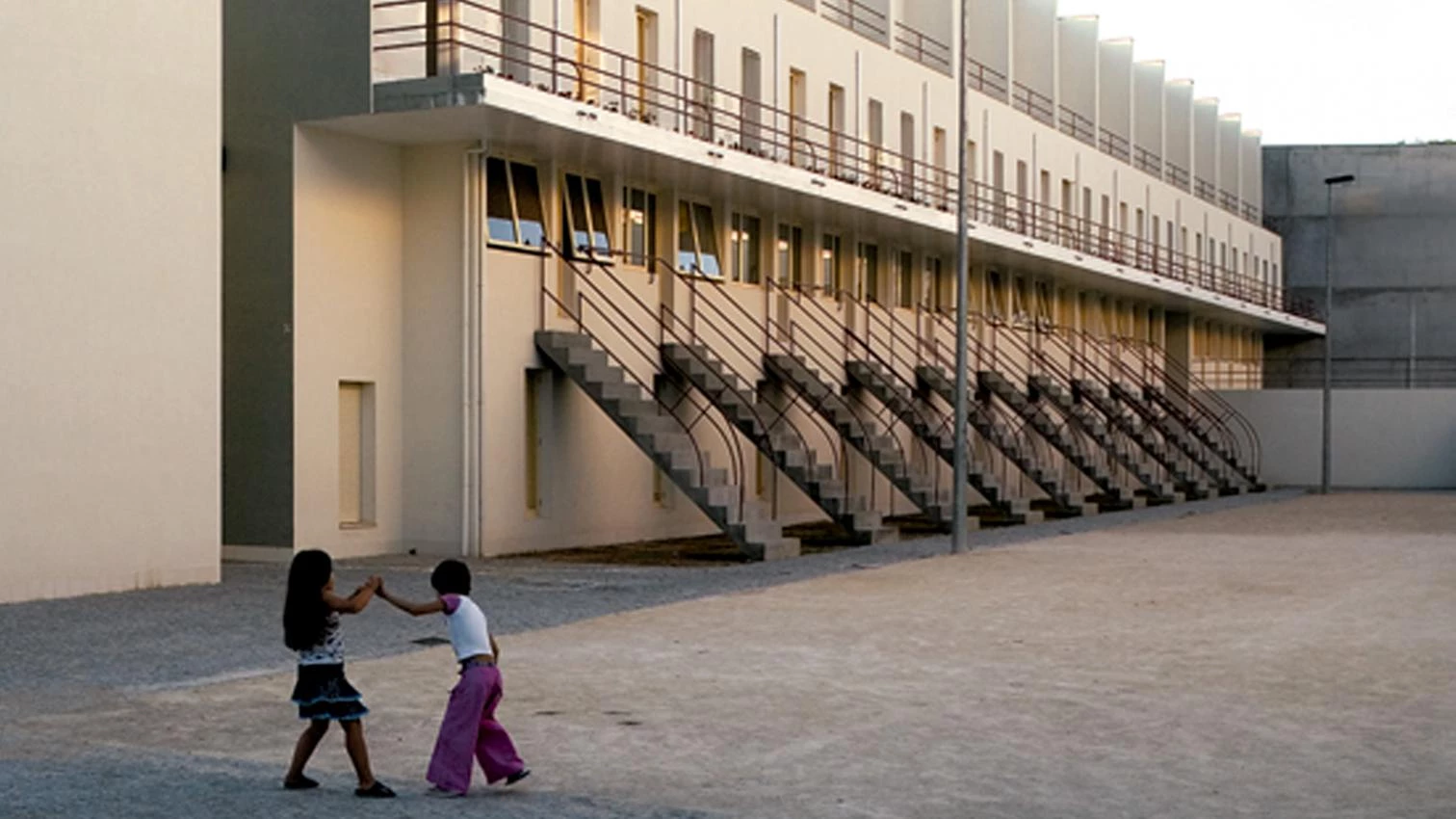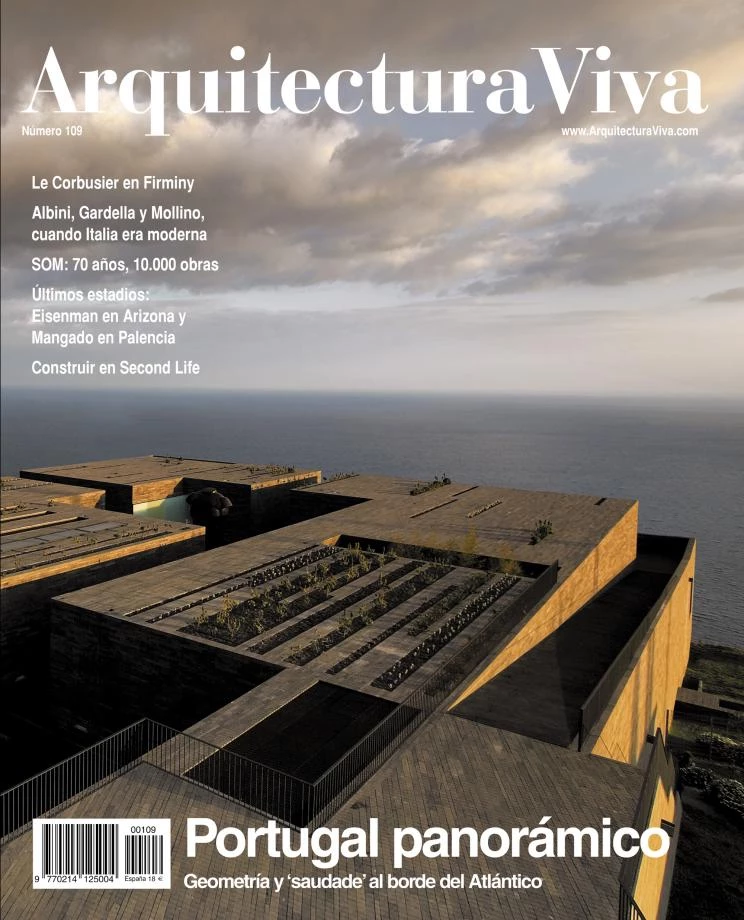
This issue pays a long due debt. AV devoted an issue to Álvaro Siza in 1993, and the year after one to the Portuguese scene, which was Arquitectura Viva’s cover story in 1998. From this date on the coverage of our neighbors has been mostly fragmented, so it was about time to acknowledge with a cover report the fine quality of a varied and changing panorama. As in Spain, in Portugal the modern tradition does not begin with the April Revolution or democracy, but our own short life as publishers has reduced our coverage efforts to this period, and particularly to the last two decades.
Siza’s AV monograph showed his work starting from the sixties, and his commitment to the 1974 revolution, but above all it collected projects drawn up since 1984, when his Bonjour tristesse in Berlin’s Alt IBA turned him into a world figure. Likewise, the AV ‘Portugueses’ began with a report on twenty years of architecture in democracy, but it mainly carried recent works by Porto or Lisbon studios, extending the interest sparked by the school of Távora, Siza and Souto de Moura to the capital’s mixed scene, a trend confirmed in the Arquitectura Viva issue named after both cities.
After the entry in the European Union in 1986 –the same year as Spain –, the nineties witnessed the splendor of Portugal, with Siza’s Pritzker in 1992, the completion of the Belém Cultural Center in 1993, in time for Lisbon’s term as Capital of Culture in 1994, and the Lisbon Story of Wim Wenders in 1995, arousing an euphoria that would last until the 1998 Lisbon Expo and the 1999 Euro launch. But from then on economic rigor loosened and the country fell into a painful stagnation that did not affect Spain equally, interrupting a common course of political and material regeneration.
Porto’s Capital of Culture period in 2001 went almost unnoticed, and even the Casa da Música that was to mark the occasion was finally completed even later than the stadiums of the 2004 EuroCup, an event that followed the dismay caused by the Casa Pia scandal. Between 2002 and 2006, Portugal grew at a rate of 0.5%, 2.5 points below Spain, its main commercial partner, burdened with large budget and external deficits, a low competitiveness due to the public sector’s excessive size and school failure, and a real-estate slump that, added to investment cuts, affects architects markedly.
But the spirit of reform shared by the socialists of José Sócrates who won the 2005 general elections and the conservative president Aníbal Cavaco Silva – prime minister between 1985 and 1995 – elected in 2006, heralds a recovery that is starting to show. The saudade of this Atlantic country, graced with unique landscapes and towns, will have to seek shelter in the poetry of the fado or in the music of Madredeus, a group born in 1985 like AV/Arquitectura Viva, and that as the Portuguese and Spanish democracies comes of age with as many achievements as risks.





